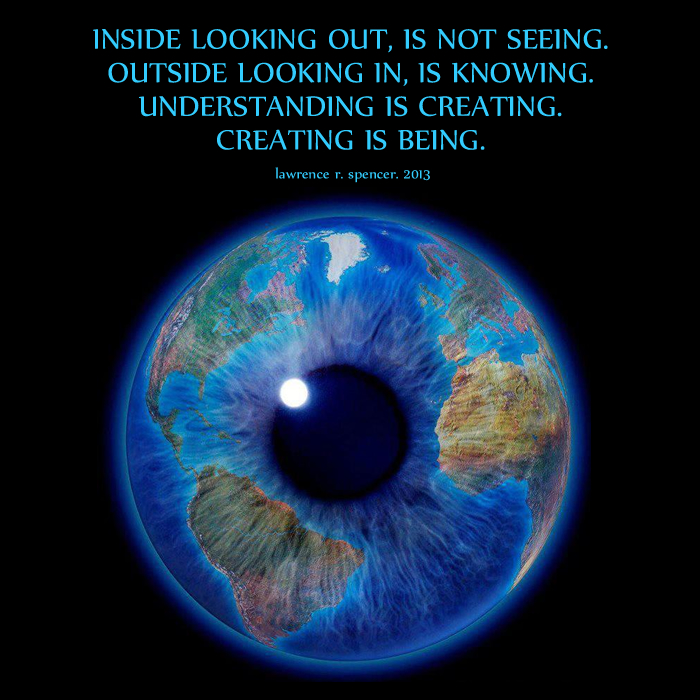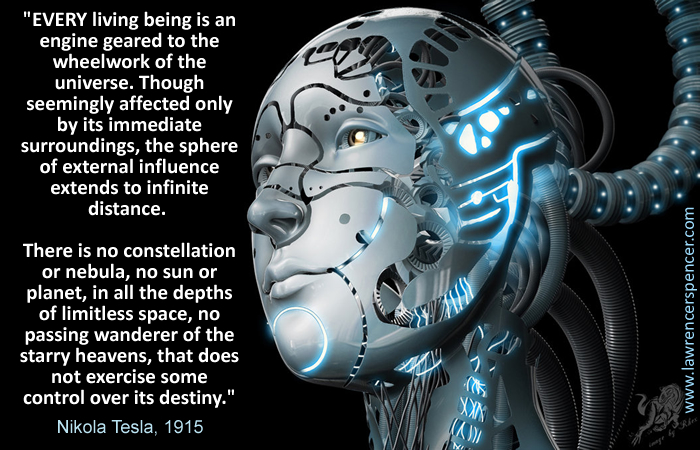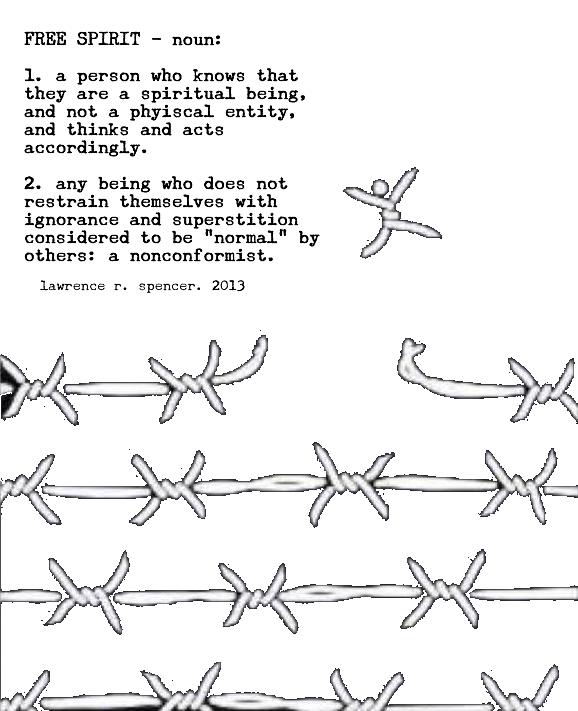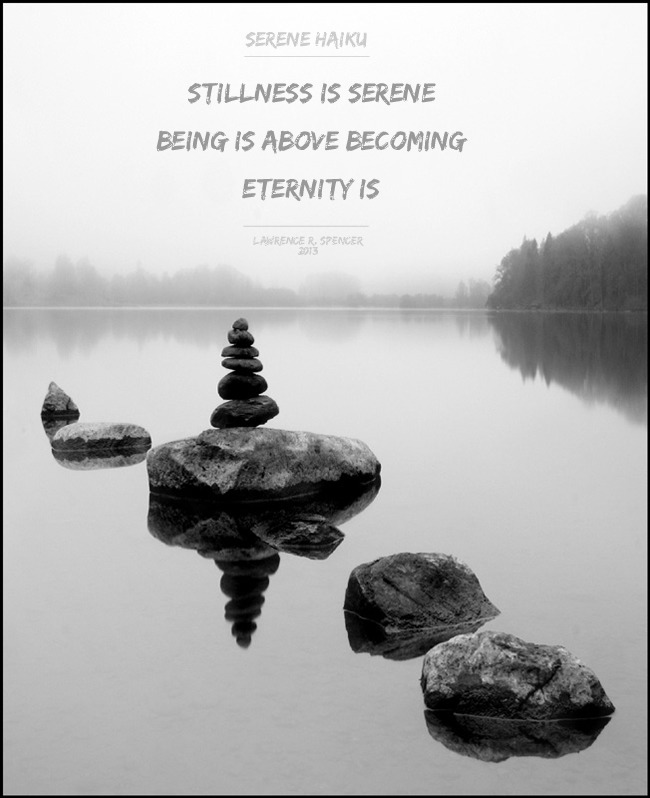Republished by Blog Post Promoter
Tag Archives: being
SEEING BEING
Republished by Blog Post Promoter
MAN AS A MACHINE
Republished by Blog Post Promoter
From an article published in the RICHMOND TIMES-DISPATCH, February 21, 1915, By Mr. Nikola Tesla
“EVERY living being is an engine geared to the wheelwork of the universe. Though seemingly affected only by its immediate surroundings, the sphere of external influence extends to infinite distance. There In no constellation or nebula, no sun or planet, in all the depths of limitless space, no passing wanderer of the starry heavens, that does not exercise some control over its destiny. Not in the vague and delusive sense of astrology, but in the rigid and positive meaning of physical science.
More than this can be said. There is no thing endowed with life — from man, who is enslaving the element to the humblest creature in all this world — that does not sway it in turn. Whenever action is born from force, though it be infinitesimal, the cosmic balance is upset and universal motion results.”
MAN AS A MACHINE
Great strides have since been made in the art of anatomy, physiology and all branches of science, and the workings of the man-machine are now perfectly clear. Yet the very fewest among us are able to trace their actions to primary external causes. It is indispensable to the arguments I shall advance to keep In mind the main facts which I have myself established in years of close reasoning and observation and which may be summed up as follows:
1. The human being is a self-propelled automaton entirely under the control of external influences. Willful and predetermined though they appear, his actions are governed not from within, but from without. He is like a float tossed about by the waves of a turbulent sea.
2. There is no memory or retentive faculty based on lasting impression. What we designate as memory is but increased responsiveness to repeated stimuli.
3. It is not true, as Descartes taught, that the brain is an accumulator. There is no permanent record in the brain, there Is no stored sponge to disturbances directly received on the knowledge. Knowledge Is something akin to an echo that needs a disturbance to be called into being.”
FREE SPIRIT
Republished by Blog Post Promoter
FREE SPIRIT – noun:
1. a person who knows that they are a spiritual being, and not a phyiscal entity, and thinks and acts accordingly.
2. any being who does not restrain themselves with ignorance and superstition considered to be “normal” by others: a nonconformist.
— Lawrence R. Spencer. 2013.
SERENE HAIKU
Republished by Blog Post Promoter
haiku, unrhymed Japanese poetic form consisting of 17 syllables arranged in three lines of 5, 7, and 5 syllables respectively. The term haiku is derived from the first element of the word haikai (a humorous form of renga, or linked-verse poem) and the second element of the word hokku (the initial stanza of a renga). The hokku, which set the tone of a renga, had to mention in its three lines such subjects as the season, time of day, and the dominant features of the landscape, making it almost an independent poem. The hokku (often interchangeably called haikai) became known as the haiku late in the 19th century, when it was entirely divested of its original function of opening a sequence of verse; today even the earlier hokku are usually called haiku.
Originally, the haiku form was restricted in subject matter to an objective description of nature suggestive of one of the seasons, evoking a definite, though unstated, emotional response. The form gained distinction in the 17th century, during the Tokugawa period, when the great master Bashō elevated the hokku, as it was then known, to a highly refined and conscious art. Haiku has since remained the most popular form in Japanese poetry.





